- Home
- slideshows
- miscellaneous
- 20 jobs popular in the 1950s that are almost gone today
20 jobs popular in the 1950s that are almost gone today
20. Agricultural machinery and tractor manufacturing: 177,522 people were employed in 1950, falling to 108,392 in 2017 (a 39% drop).

19. Rubber products manufacturing: 243,401 people were employed in 1950, falling to 147,759 in 2017 (a 39% drop).
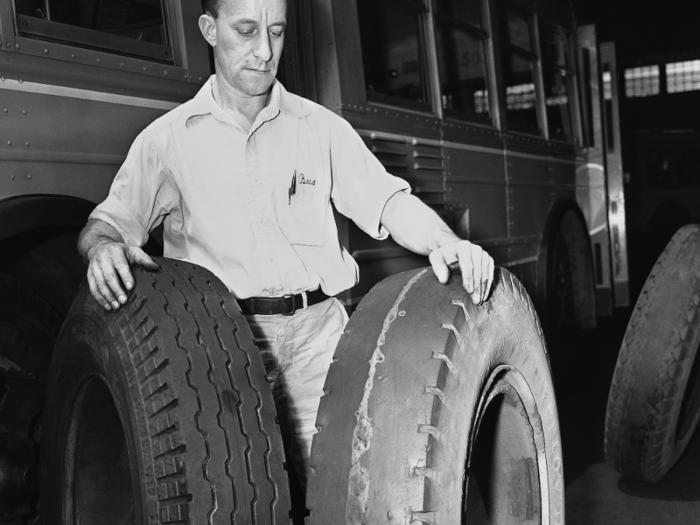
What the industry does: Manufactures products made of rubber.
18. Petroleum products wholesale trade: 166,488 people were employed in 1950, falling to 94,992 in 2017 (a 43% drop).
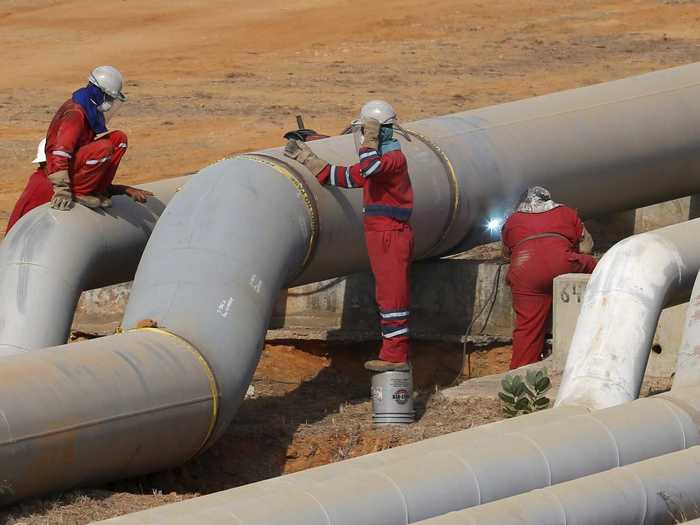
What the industry does: Sells petroleum products at wholesale to other businesses.
17. Farm product wholesale trade: 114,685 people were employed in 1950, falling to 62,695 in 2017 (a 45% drop).
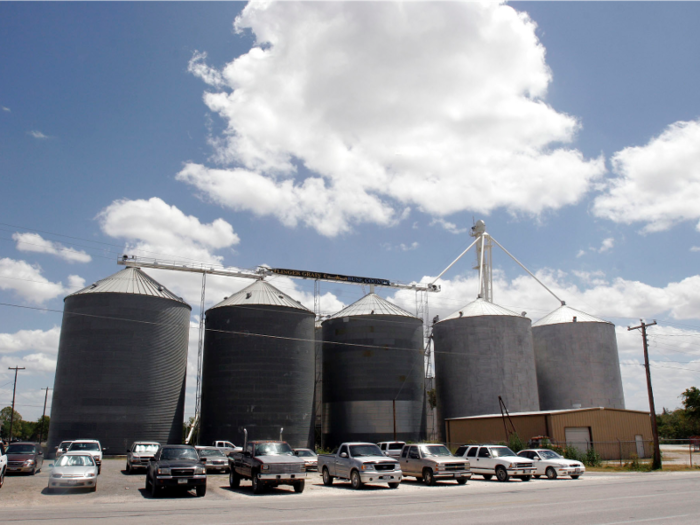
What the industry does: Sells raw materials produced on farms at wholesale to other businesses.
16. Primary non-ferrous metal manufacturing: 235,856 people were employed in 1950, falling to 118,779 in 2017 (a 50% drop).
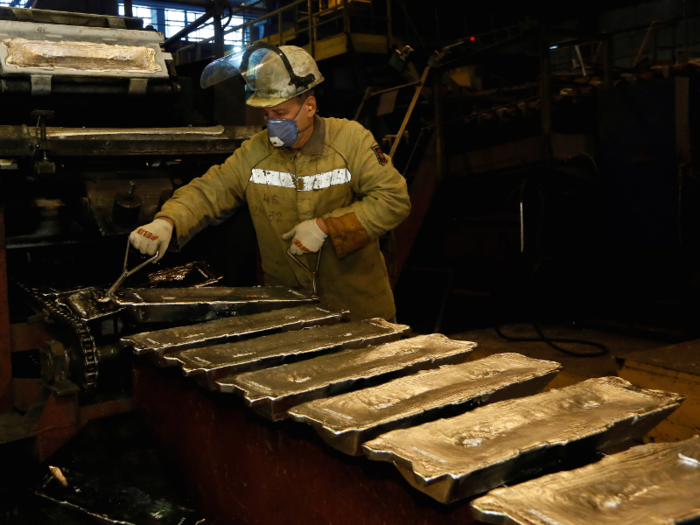
What the industry does: Produces metal alloys and materials that don't include iron.
15. Fuel and ice retailing: 172,841 people were employed in 1950, falling to 85,806 in 2017 (a 50% drop).
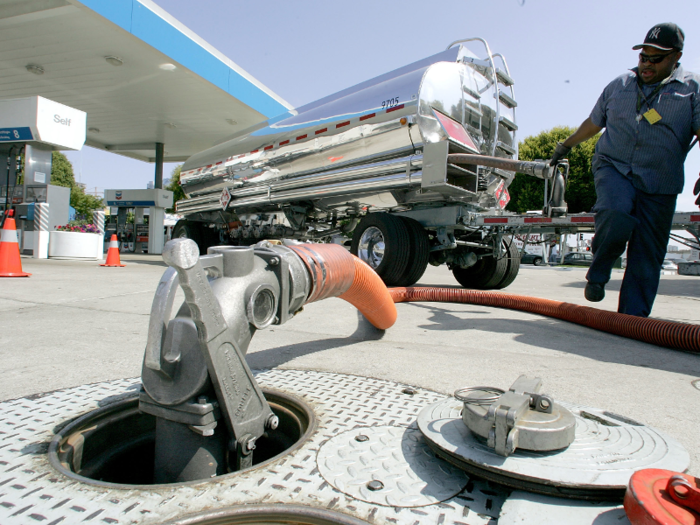
What the industry does: Sells fuel and ice to consumers.
14. Private household services: 1,713,352 people were employed in 1950, falling to 847,769 in 2017 (a 51% drop).
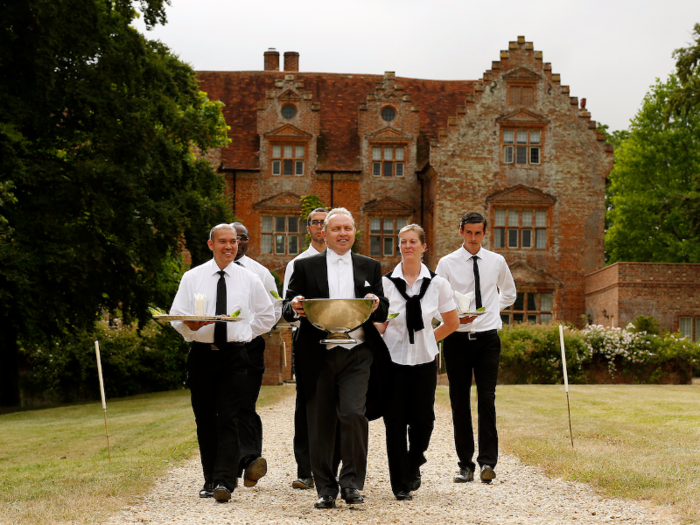
What the industry does: Employs workers like butlers, housekeepers, and cooks in private households.
13. Agriculture: 7,088,904 people were employed in 1950, falling to 3,429,844 in 2017 (a 52% drop).
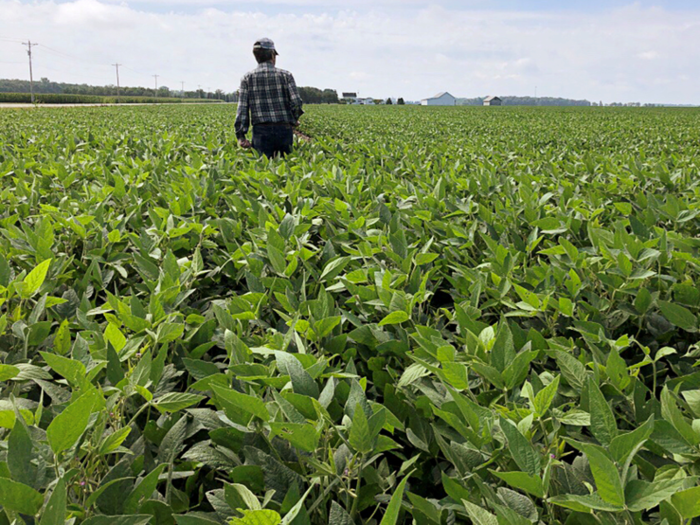
What the industry does: Produces food and other crops.
12. Logging: 187,314 people were employed in 1950, falling to 80,998 in 2017 (a 57% drop).
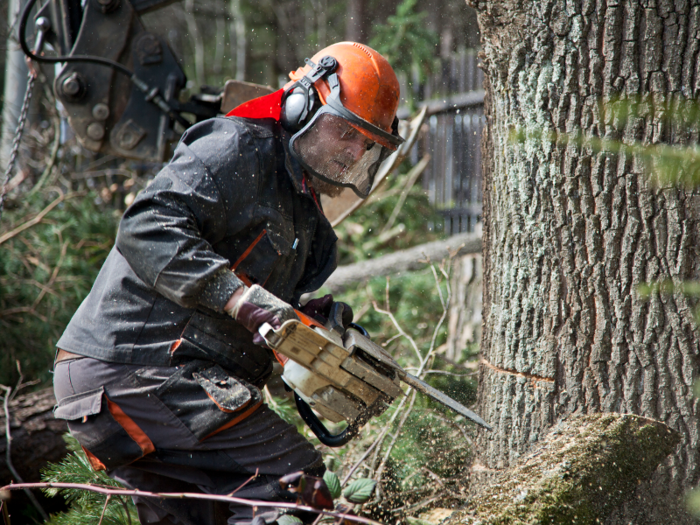
What the industry does: Produces lumber from forestry activities.
11. Laundering, cleaning, and dyeing: 696,742 people were employed in 1950, falling to 295,395 in 2017 (a 58% drop).
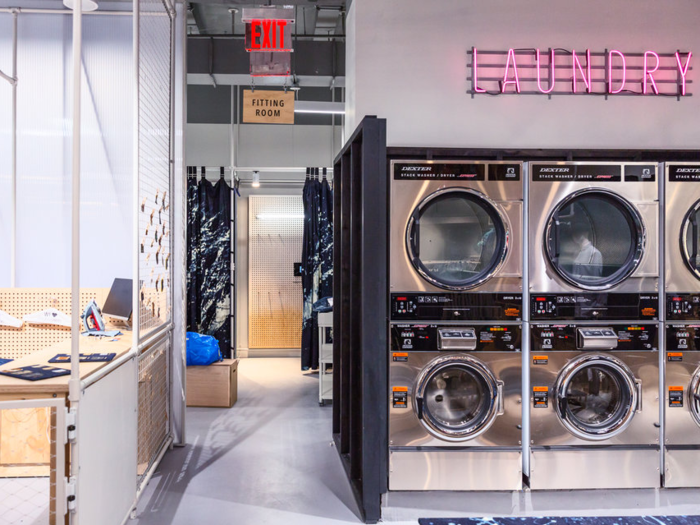
What the industry does: Cleans or dyes clothing.
10. Blast furnaces, steel works, and rolling mills: 691,184 people were employed in 1950, falling to 270,367 in 2017 (a 61% drop).
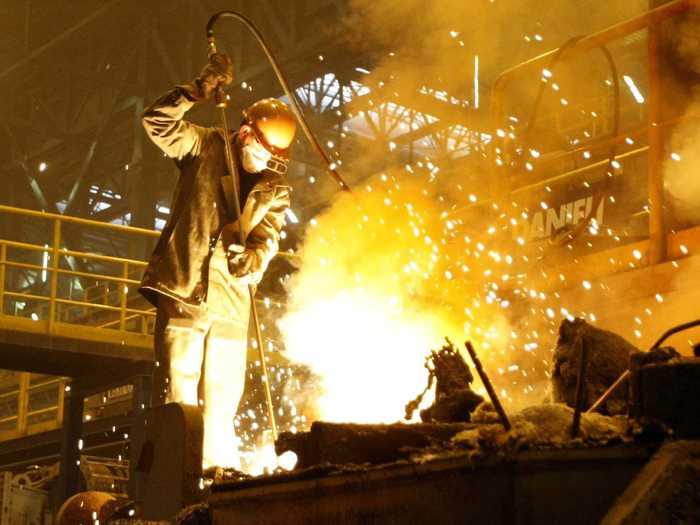
What the industry does: Produces steel and iron alloys and materials.
9. Water transportation: 212,979 people were employed in 1950, falling to 74,362 in 2017 (a 65% drop).
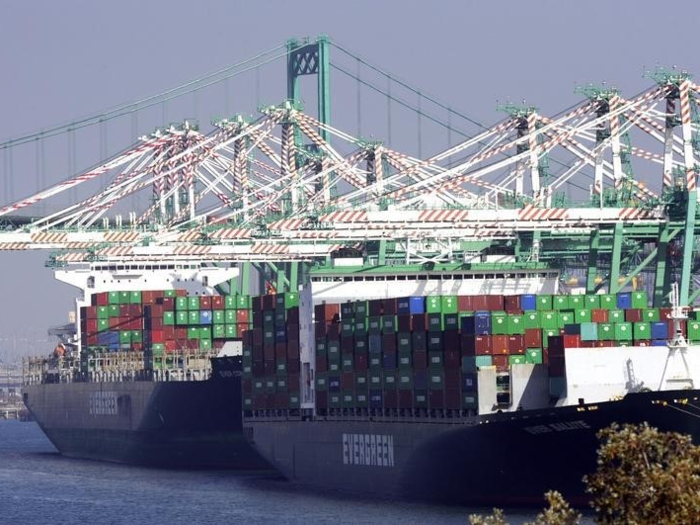
What the industry does: Moves goods and people over bodies of water in ships.
8. Primary iron and steel industries (other than blast furnaces, steel works, and rolling mills): 282,922 people were employed in 1950, falling to 88,234 in 2017 (a 69% drop).
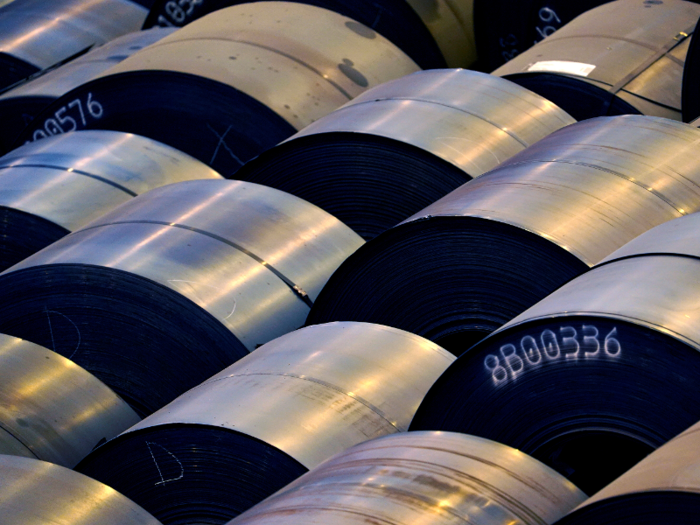
What the industry does: Covers activities involving producing steel or other iron alloys and materials outside of the blast furnace, steel works, and rolling mills industry.
7. Apparel and accessories manufacturing: 1,006,386 people were employed in 1950, falling to 207,023 in 2017 (a 79% drop).
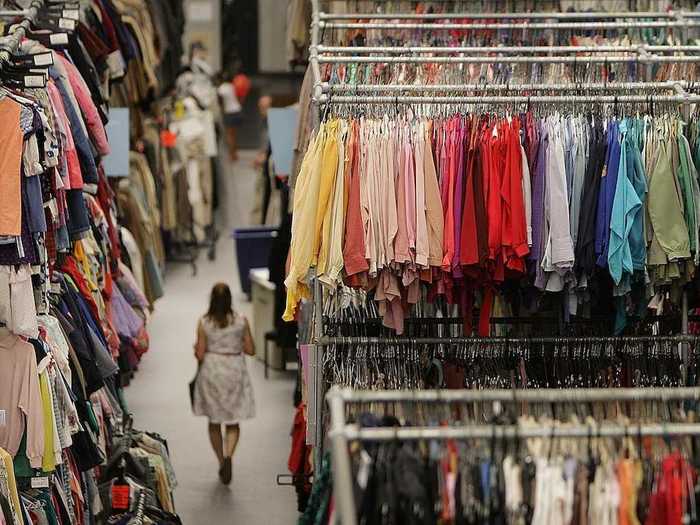
What the industry does: Manufactures clothing and accessories.
6. Tobacco product manufacturing: 104,689 people were employed in 1950, falling to 20,286 in 2017 (an 81% drop).
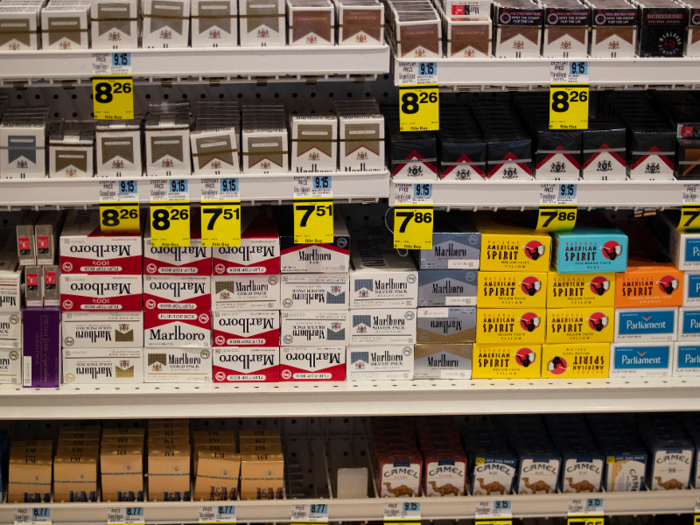
What the industry does: Manufactures tobacco products like cigarettes.
5. Railroads and railway transportation: 1,436,681 people were employed in 1950, falling to 254,836 in 2017 (an 82% drop).
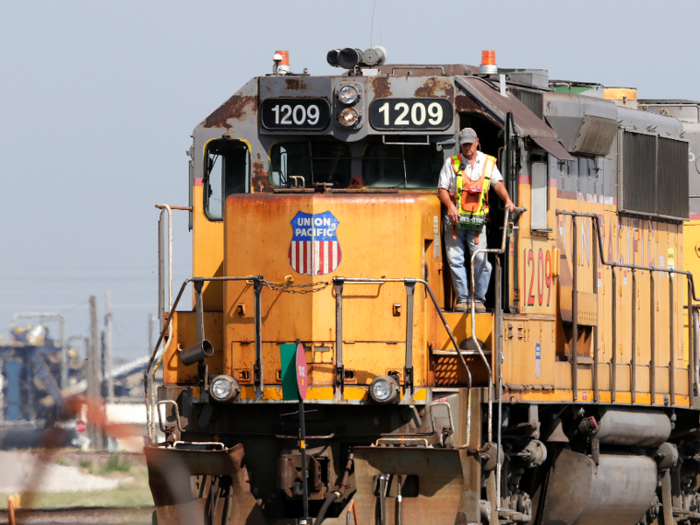
What the industry does: Transports goods and people over railroads using trains.
4. Yarn, thread, and fabric manufacturing: 897,266 people were employed in 1950, falling to 107,607 in 2017 (an 88% drop).
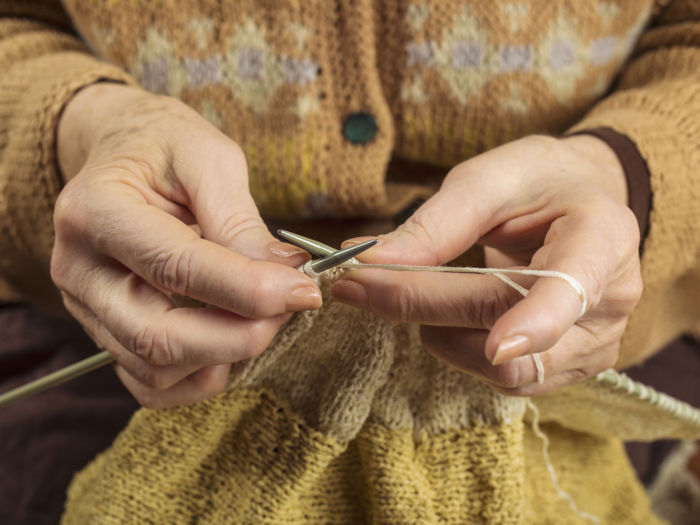
What the industry does: Produces yarn and other textiles.
3. Footwear manufacturing: 277,639 people were employed in 1950, falling to 32,577 in 2017 (an 88% drop).
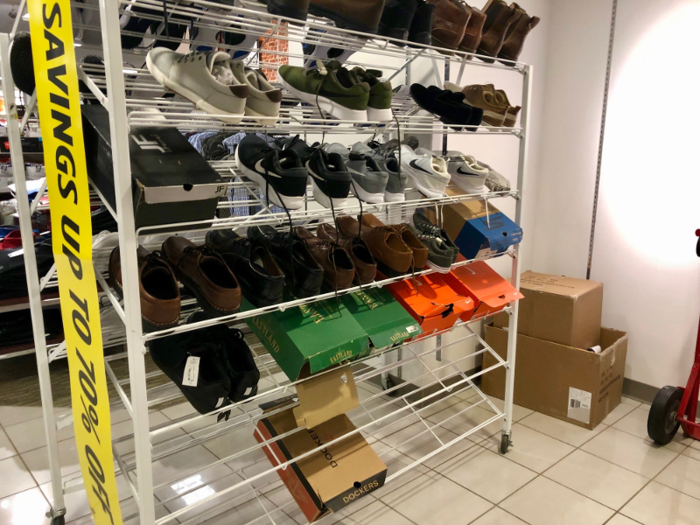
What the industry does: Produces shoes and other footwear.
2. Coal mining: 537,702 people were employed in 1950, falling to 62,536 in 2017 (an 88% drop).
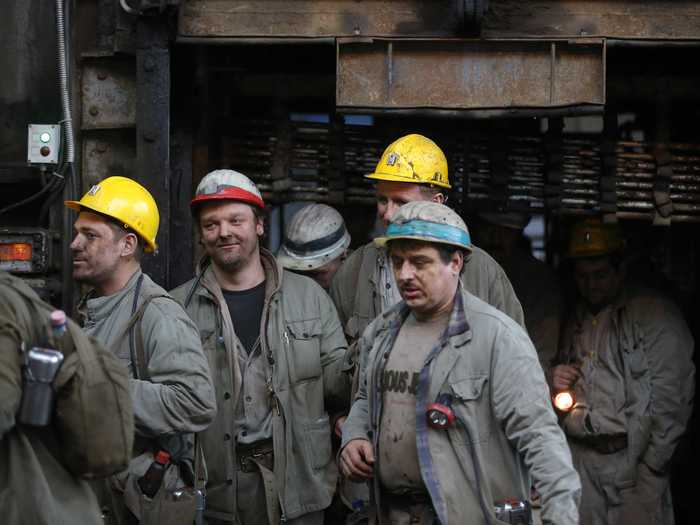
What the industry does: Mines coal for power generation or other industrial processes.
1. Knitting mills: 208,863 people were employed in 1950, falling to 18,074 in 2017 (a 91% drop).

What the industry does: Manufactures knit clothing and other goods.
Popular Right Now
Popular Keywords
Advertisement